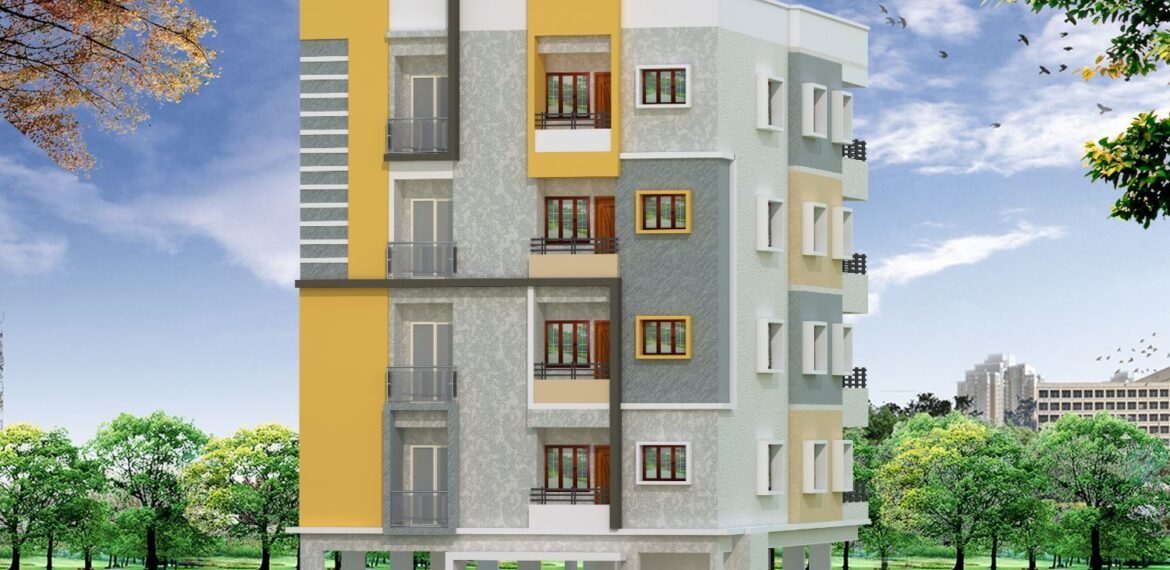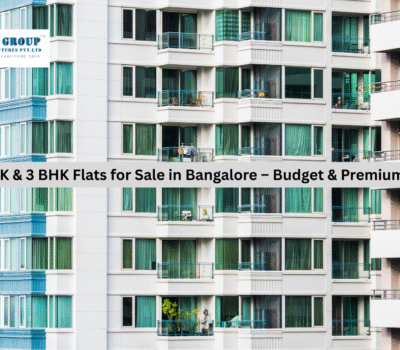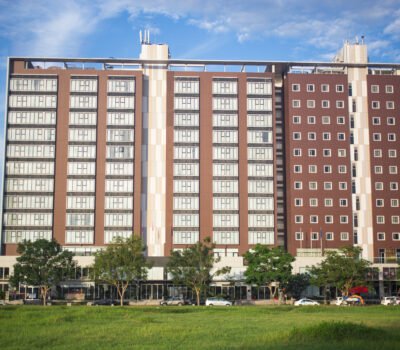Bangalore, India’s tech hub, continues to be one of the most sought-after real estate markets in the country. Whether you’re a first-time homebuyer, a working professional relocating to the city, or an investor eyeing capital appreciation, exploring flats for sale in Bangalore can be both exciting and overwhelming. This guide by Yuva Group walks you through the key steps and considerations to make your purchase journey smoother.
Why Bangalore for Flat Buyers?
- Strong Demand & Rental Yield
With a constant inflow of talent to its IT and startup ecosystem, Bangalore sees steady demand for residential units. This means good rental yield potential and resale prospects in many micro-markets. - Infrastructure Growth
Metro expansions, road widening projects, peripheral ring roads, and new IT corridors are reshaping the boundaries and value of many suburbs. Well-connected areas often see faster price appreciation.
Diverse Options Across Budgets
From affordable 1 BHK and 2 BHK flats in emerging suburbs to premium 3–4 BHK apartments in established areas, buyers can find options across budget segments. On portals like Housing.com, you’ll find over 42,000+ flats for sale in Bangalore
Step 1: Zero in on Location & Connectivity
Your choice of locality can make or break your experience. Ask:
- How far is the nearest metro station or public transport?
- What is the road connectivity to your workplace, schools, hospitals, and shopping?
- How mature is the social infrastructure (parks, grocery, clinics)?
- Some rising suburbs include Bagalur (close to the airport and upcoming industrial parks), or areas along Sarjapur, Whitefield, Yelahanka, Hebbal, and Kanakapura roads. Premium areas like Kasturba Road host landmarks such as Prestige Kingfisher Towers. Tip: A slightly farther location with excellent connectivity may offer better value than premium areas with poor access.
Step 2: Decide Between Ready and Under-Construction
Ready-to-move flats offer the comfort of immediate possession, but they usually carry a premium (often 10–15% excess) compared to under-construction units.
Under-construction projects, in contrast, let you pay in stages and often give better appreciation upside — but they come with risks: delays, regulatory roadblocks, or lapsing of projects.
Indeed, in Karnataka, over 2,600 real estate projects have officially expired or lapsed—underscoring the importance of due diligence.

Step 3: Verify Legal Documents & Regulatory Compliance
This is non-negotiable. Some key documents to check are:
- Clear title deeds and verification of the land chain
- RERA registration status (check whether the project is registered and current)
- Approved building plans, occupancy certificate (OC), environmental clearances
- No pending litigation or encumbrances
- Builder’s track record and financial health
A small legal oversight can lead to major delays or loss of money. Engage a professional lawyer or property consultant to validate these.
Step 4: Evaluate Floor Plan, Size & Usable Area
Builders advertise built-up or super built-up area; but what matters most is the carpet area (the actual usable space). Don’t be swayed simply by the “larger size” claim if most of it is corridor or unusable area.
Also assess the layout for:
- Ventilation and cross airflow
- Minimum common wall exposure
- Number of flats per floor (less competition for elevator and sunlight)
- Direction of the house—north, east, etc. can affect lighting, heating, cooling
Step 5: Amenities vs. Maintenance Cost Trade-off
Nowadays many projects promise swimming pools, gymnasiums, clubhouses, jogging tracks, landscaped gardens, and more. While these add value, they also increase the maintenance cost.
Luxury projects often charge upwards of ₹6–8 per sq.ft monthly; simpler ones may range lower.
Make sure you account for these recurring costs while budgeting.
Step 6: Financial Planning & Home Loan Options
- Most banks allow financing of up to 80–90% of the property value (depending on credit score and income).
- Decide your payment plan: fixed-rate, flexible, or EMI holiday options.
- Be careful of hidden costs: stamp duty, registration, GST (for under-construction), parking, legal charges, preferential location charges, etc.
- Pre-approval for a home loan gives you a stronger negotiating position.
Step 7: Price Trends & Return on Investment
Understanding price trends can help you decide when and where to buy. According to data from 99acres, property rates in Bangalore vary across localities and show steady year-on-year appreciation.For example, in mid to emerging suburbs, flat rates per sq.ft currently hover between ₹5,000 to ₹12,000 depending on the stretch and phase.
A smart strategy is to buy early in a developing corridor — as infrastructure matures, capital appreciation tends to accelerate.
Step 8: Negotiate & Finalize with Confidence
Some practical tips:
- Don’t accept the first price — always negotiate (especially on perks like parking, club membership, floor rise, or finish).
- Ask for a payment schedule linked with milestones (brickwork, plastering, finishing) rather than lumpy payments.
- Insist on a clause for penalty in case of delay.
- Inspect the unit carefully at handover: quality of plastering, plumbing, electricals, finishing, leaks, etc.
- Get all clearances (OC, occupancy) before you pay final dues.
Conclusion:
Buying a flat in Bangalore can be one of the wisest decisions you make — provided you do your homework. The city offers a mix of stable demand, robust infrastructure growth, and multiple options tailored to your budget.
At Yuva Group, we believe empowered buyers make better choices. Use this guide as your compass, walk into negotiations well informed, and ensure your dream home in Bangalore becomes a reality — without regrets.







